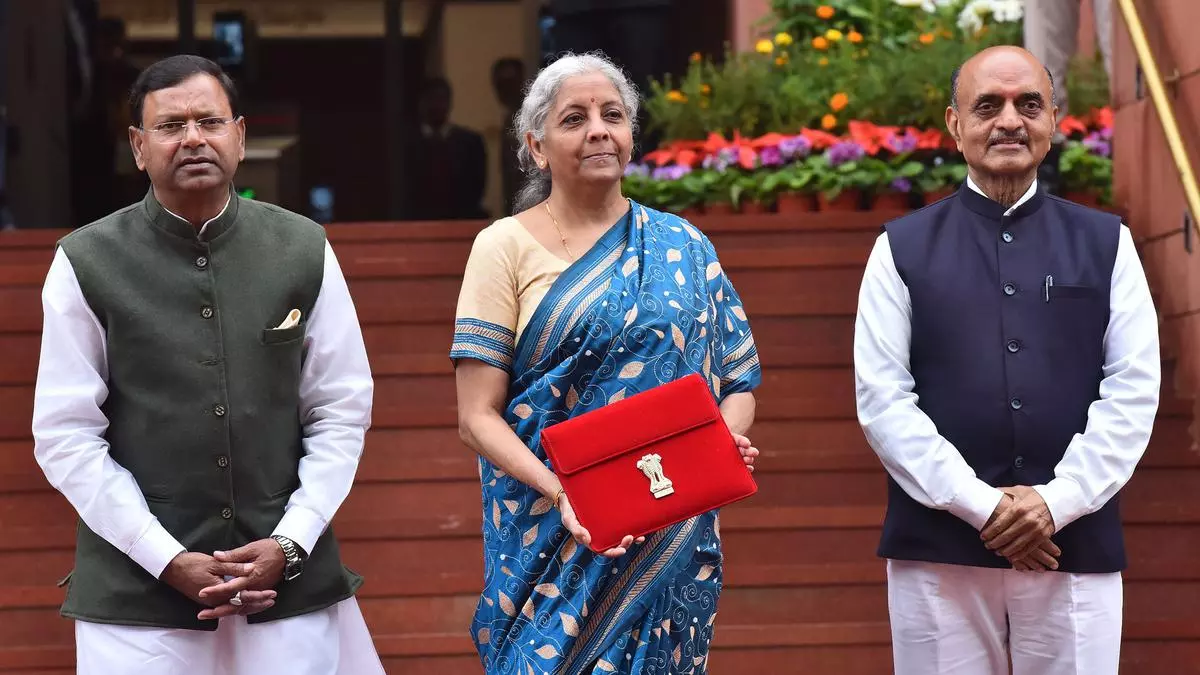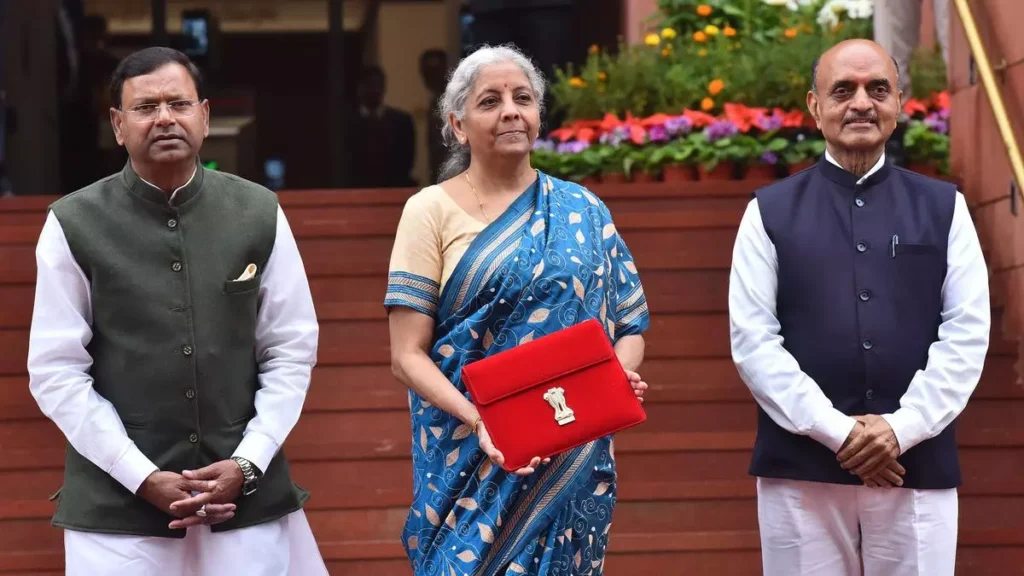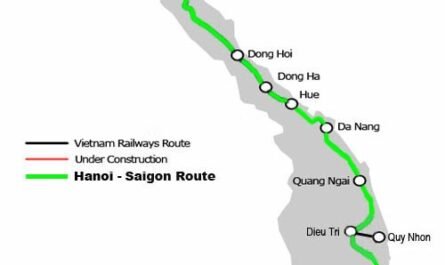

By K R Sudhaman
Himalayan states that share borders with neighboring countries of China, Pakistan, Bangladesh, Nepal, Bhutan and parts of Myanmar have faced tardy development since independence. This is partly because of difficult terrain and ecological fragility. Backwardness too is a factor. The terrain is hilly but most of the states are important from security point of view particularly because of some hostile neighbours like China and Pakistan. China in particular is a huge country and economy and has expansionary tendencies right from the beginning.
During British era China’s Xinjiang and Tibet autonomous region used to form as a buffer and hence India did not share borders with China directly in spite of the fact that both India and China were two large ancient civilizations. Nevertheless, it changed with Tibet and Xinjiang becoming part of China .
Himalayan states comprise Jammu and Kashmir, Ladakh, Himachal Pradesh, Uttarakhand, and North Eastern states of Sikkim, Assam, Arunachal Pradesh, Nagaland, Mizoram, Meghalaya, Manipur and Tripura. These states have been backward, barring Himachal Pradesh and Sikkim which have done well in social, human and economic indices, which are comparable with some of the advanced states in the country. Jammu and Kashmir though has a lot of potential has been lagging behind due to cross boarder terrorism for decades and has been a trouble-torn right from independence in 1947 due to hostilities from neighboring Pakistan, , which has ruined itself both politically and economically as a result.
The economic developments of these Himalayan states have been not that good and progress was at a snail’s pace as the successive governments have had other more pressing priorities. It was Prime Minister Narandra Modi who laid special emphasis on economic development since he came to power in 2014. Every successive budget since then has stressed on the development of the region, both from security point of view and to bring these regions into the mainstream of the nation.
The 2024 general budget, presented by Finance Minister Nirmala Sitharaman on July 23 after Modi came to power for this third term, is no different and in fact has gone step further in pushing ahead this agenda.
Article 370 of the constitution was abrogated by the Modi government in August 2019, making constitutional rights and power there on par with the rest of the states in the country. Since then there has been special efforts by Modi to double-up development and wean away people from fissiparous tendencies. The Union Budget for 2024-25 has therefore allocated significant funds to Jammu and Kashmir, with a total transfer of ₹42,277.74 crore through the Ministry of Home Affairs as there is no elected government at the moment.
This allocation aims to bolster various sectors, from industrial development to education and infrastructure. More recently assembly elections have been announced in three phases in September/October and the results will be announced on October 4. This is the first elections in 10 years and it is happening for the first time after abrogation of Article 370 of constitution.
Though there is nothing direct for industry for the Northeast, industry, chambers feel that the region can take benefit from the allocations in different heads.
To promote industrialisation of Himachal Pradesh and Uttarakhand, the budget has announced Rs 567 crore to these two states with special emphasis on job creation apart from pushing economic growth of these two hill states. Over Rs 1300 crore GST is to be provided to the Himalayan and North-Eastern states, which will give that much relief and additional funds for development activities in these states. This will encourage mores businesses to be set up particularly micro, small and medium industries, which are not only drivers of growth in backward areas but also an employment generator.
Border roads development gets a substantial Rs 6500 crore, which are to be spent mostly in these Himalayan states. The spin-off of this boarder roads development would lead to creating much needed infrastructure and providing logistics development in these backwards regions to spur economic activity. This infrastructure development also helps in securing our borders and road development by itself provide huge employment opportunity to locals in the region. It will help in connecting remote areas and act as growth engines in rural areas. Border area development programme has been allocated an additional Rs 2000 crore. This will benefit the Himalayan region in creating infrastructure facilities in remote areas, apart from rural development, education and health care. Livelihood issues too will get addressed.
These states are to benefit from the massive allocation of over Rs 70,000 crore in the budget for the national rural drinking water mission called Jal Jeevan Mission. This is aimed at providing access to clean drinking water for all and the mission was started a few years ago and every year the allocation is increased to cover more areas. The health mission gets over RS 38,000 crore and Pradhan Mantri Awas Yojana gets over Rs 80,000 crore.
The Himalayan states would get its share in these two national missions aimed at improving health care and providing roof over the head of every family in this country through this rural housing mission. Ayushman Bharat Yojana gets Rs 7,500 crore to provide health cover to the poor and Pradhan gram Sadak Yojana gets Rs 19,000 crore and Himalayan and North-Eastern states too would get its due share in these national projects.
During the last 10 years, it was ensured that all the northeastern states have both air and rail connectivity, which had been eluding for several states. The last state to get air connectivity was Arunachal Pradesh. Now all these state capitals have both rail and air connectivity apart from road connectivity. This is important to give a fillip to economic and social development. There are IITs and IIMs in the North eastern region as well besides AIIMS. All these have happened during the last 10 years.
Ranjit Barthakur, Chairman of FICCI North East Advisory Council (NEAC), says the Union Budget 2024-2025 is a positive step towards the holistic development of the northeastern states. Assam Chief Minister Himanta Biswa Sarma thanked Sitharaman for proposing special assistance to the state to meet the challenges posed by ongoing floods in Assam.
The significant allocations for infrastructure and connectivity, particularly the Rs. 1.11 lakh crore for capital expenditure and specific assistance for flood management in Assam, will bridge the regional disparities and enhance the connectivity of the northeast with the rest of the country. This budget truly recognizes and addresses the unique needs of our region.
Barthakur emphasized the need for substantial investment in connectivity infrastructure in the Northeast, including river-ways, international road and rail connectivity, and airways. He expressed confidence that the significant allocation towards capital expenditure will help address these needs. The allocation of INR 1.52 lakh crore for agriculture and allied sectors, along with targeted support for shrimp production and the creation of large-scale vegetable clusters. This is poised to transform the agricultural landscape of the northeastern states.
The budget also underscores the government’s commitment to combating climate change and promoting environmental sustainability. It includes policies for renewable energy projects, sustainable energy solutions, and initiatives aimed at reducing carbon footprints. The focus on green growth, including the PM Surya Ghar Muft Bijli Yojana, highlights the importance of integrating environmental considerations into economic development. The northeastern states, with their rich biodiversity and unique ecosystems, will benefit greatly from these initiatives.
The next generation reforms outlined in the budget are crucial for the northeastern states. Collaboration with states for land-related reforms and urban planning will address our unique challenges and improve productivity and market efficiency. This will drive overall economic development in the region.
Ravi Patwa, Chairman of FICCI Assam State Council said the operationalization of the Anusandhan National Research Fund and a venture capital fund for the space economy will support research and innovation initiatives relevant to the northeastern region.
The comprehensive development initiatives and investments in cultural heritage sites and natural landscapes will position the northeast as a key tourist destination. The Budget 2024 is a testament to the government’s dedication to integrating the Northeast with the rest of the country’s growth trajectory.
The Tea Association of India says the Pradhan Mantri Cha Shramik Protsahan Yojana” (PMCSPY) devised for the welfare of Tea workers especially women and their children in Assam and West Bengal would be of great benefit. As proposed earlier in the Budget Speech of 2021-22, Rs. 1,000 crores will be provided for the same and is aimed at making need-based interventions in tea garden areas for interalia strengthening provisions of education and health services to the tea workers. The scheme will be implemented in the period of FY 2024-25 and 2025-26.
In sum, the budget 2024 has made an honest attempt to bring these backward Himalayan region into the national mainstream and create necessary ambience to kick-start these economies to compete with other states in the country. Some of these states are already fast catching up with the rest of the country. Also the recent announcement of Tata group to set up a huge semiconductor manufacturing facility in Assam will give a boost to the region. There are steps being taken to attract FDI in Jammu and Kashmir from the middle-east. All this augurs well for the economic development of the Himalayan region. (IPA Service)


